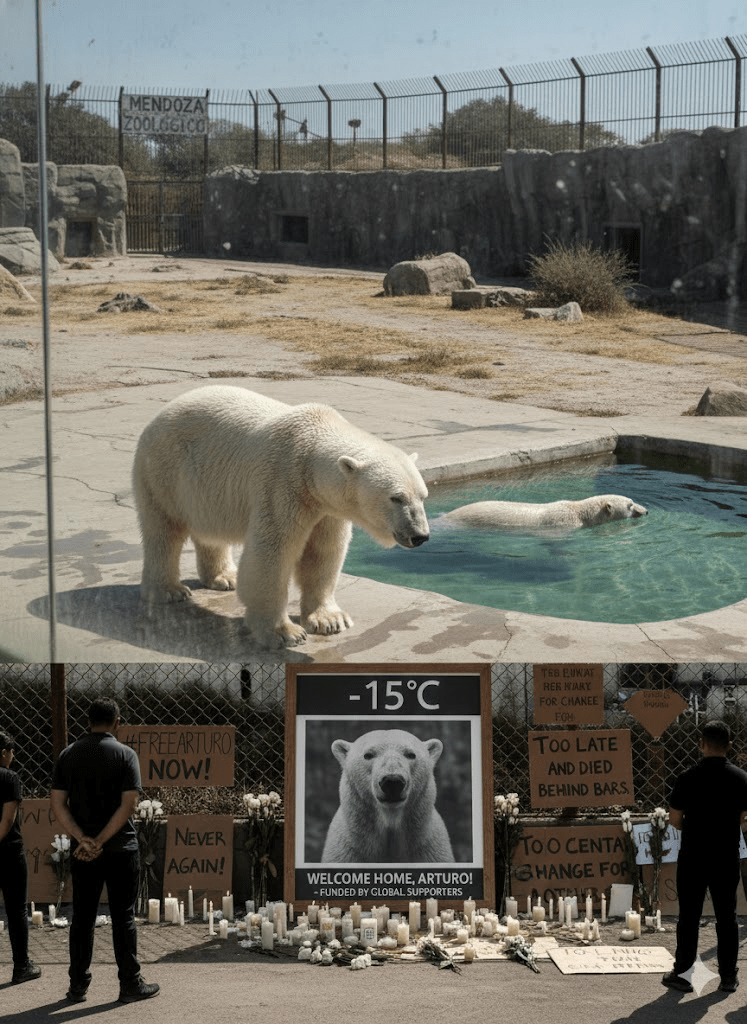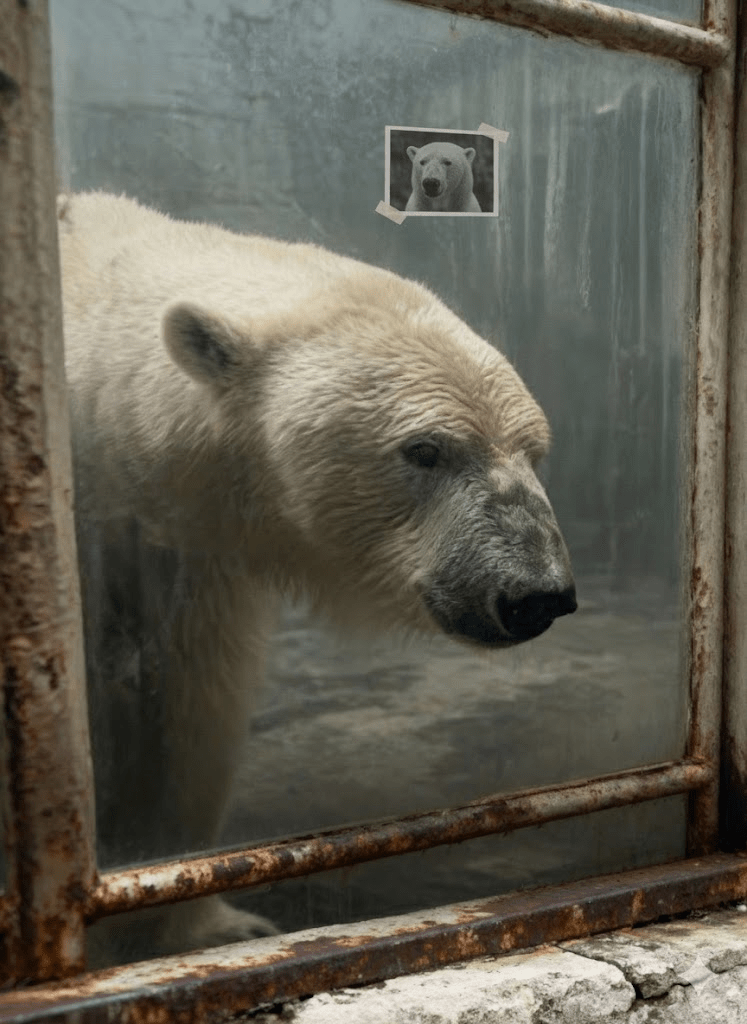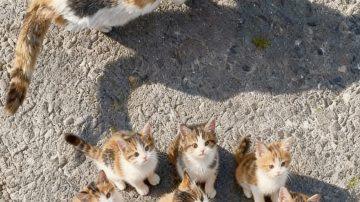The world watched with heavy hearts as Arturo, a polar bear confined for decades in Argentina’s Mendoza Zoological Park, became a poignant symbol of animal suffering in captivity. His story, widely publicized as the “world’s saddest polar bear,” highlighted the profound challenges faced by arctic animals in unsuitable climates and the ethical dilemmas of zoo keeping. Arturo’s life was a testament to resilience, yet it was also a stark reminder of what is lost when majestic creatures are stripped of their natural environment. The relentless campaigns for his transfer to a more appropriate habitat brought global attention to his plight, revealing the emotional toll of isolation and a climate ill-suited to his species. His passing at the age of 30 was not just the end of an individual life, but a call to action that continues to resonate, urging a fundamental re-evaluation of how humanity interacts with and cares for its wild counterparts.

Arturo’s tale began with a surprising twist: he wasn’t always alone. For years, he shared his enclosure with Pelusa, a female polar bear with whom he reportedly had a close bond. Their dynamic offered a glimpse of companionship amidst the concrete walls, providing some solace in an otherwise barren existence. However, this fragile peace was shattered with Pelusa’s passing, leaving Arturo in profound isolation. The once-shared pool and barren surroundings became a stark monument to his solitude, exacerbating his already evident distress and leading many to believe his spirit began to wane. This sudden loss marked a critical turning point, transforming a shared captivity into a solitary confinement that intensified the world’s focus on his deteriorating welfare.

As news of Arturo’s declining health and increasing signs of psychological distress—such as head bobbing and pacing—spread, an unprecedented global outcry erupted. Animal welfare organizations, celebrities, and ordinary citizens launched the #FreeArturo campaign, advocating for his transfer to Assiniboine Park Zoo in Winnipeg, Canada, a facility with a state-of-the-art polar bear habitat. The movement gained incredible momentum, with over half a million people signing petitions. The unexpected twist here was the sheer scale of public engagement, demonstrating a collective empathy that transcended borders. It wasn’t just a local issue anymore; Arturo had become an international icon, a symbol of the broader debate on animal ethics.

Yet, despite the overwhelming international pressure, authorities at the Mendoza Zoo and local government officials ultimately denied the transfer. Their reasoning centered on Arturo’s advanced age and the significant health risks associated with relocating an animal of his size and delicate condition. This decision, while seemingly logical from a veterinary perspective, was met with widespread disappointment and anger. The unforeseen obstacle wasn’t a lack of resources or willingness from the Canadian side, but a cautious medical assessment that effectively sealed Arturo’s fate. It was a heart-wrenching twist, leaving supporters feeling helpless as their efforts to offer him a better life were thwarted by the very concern for his well-being.







